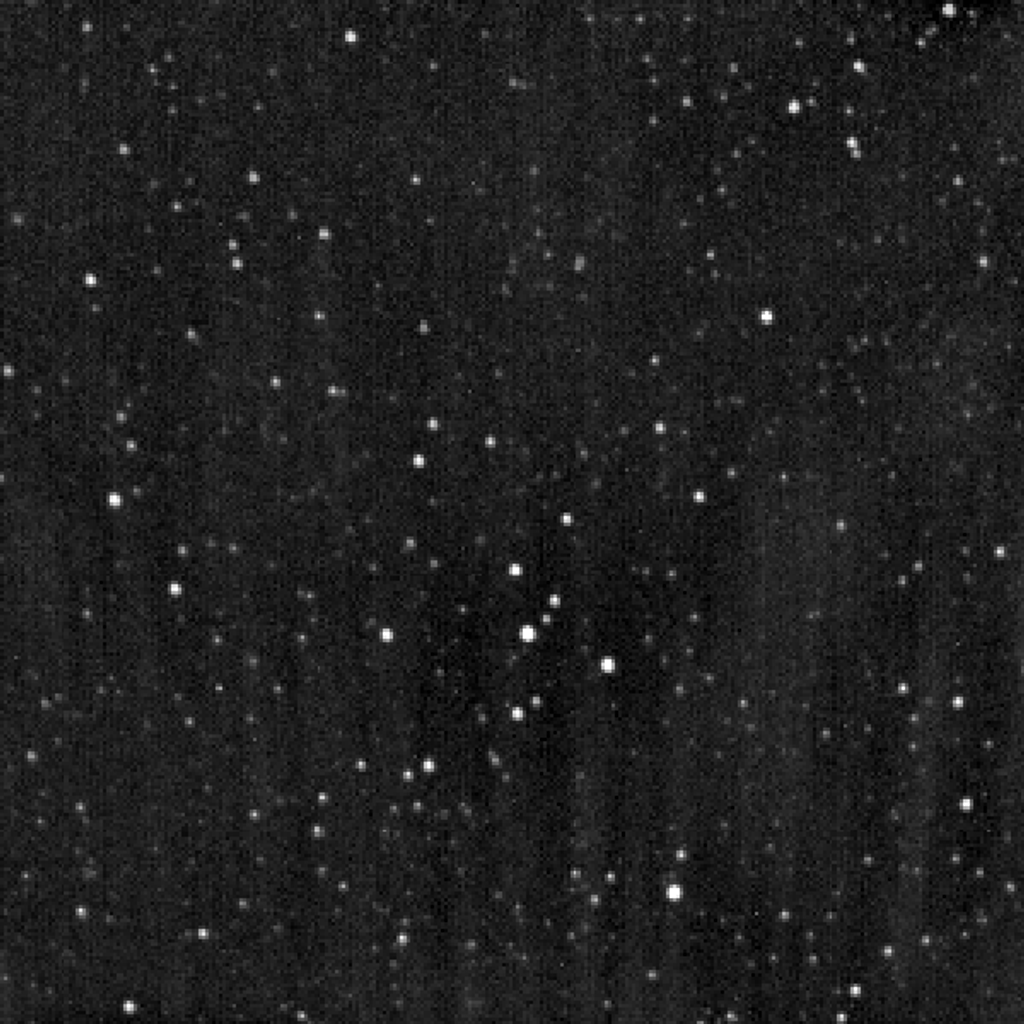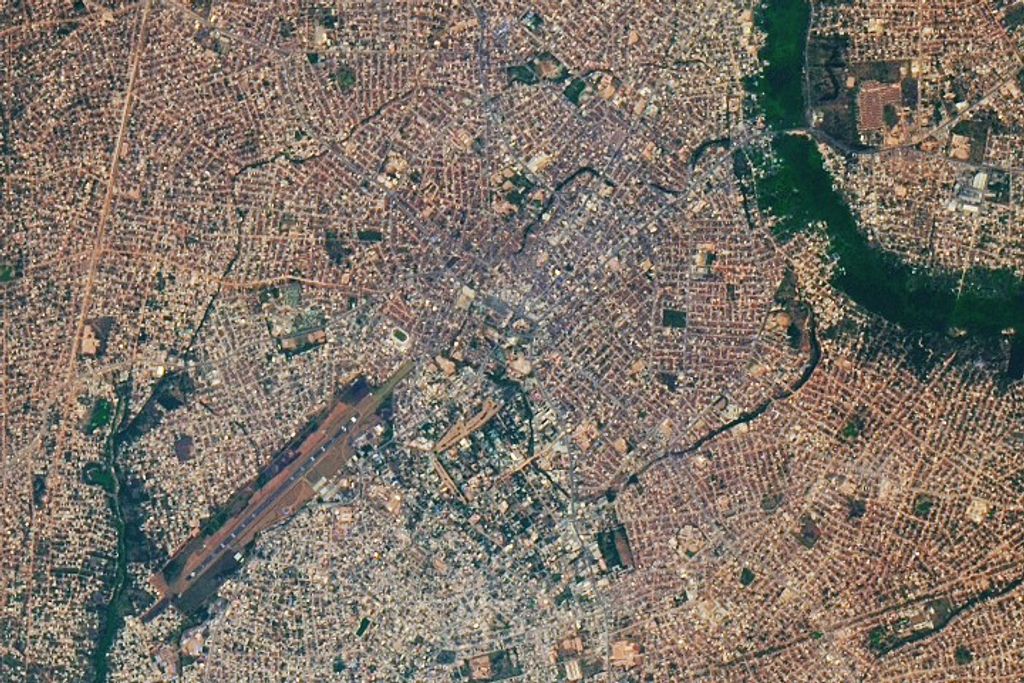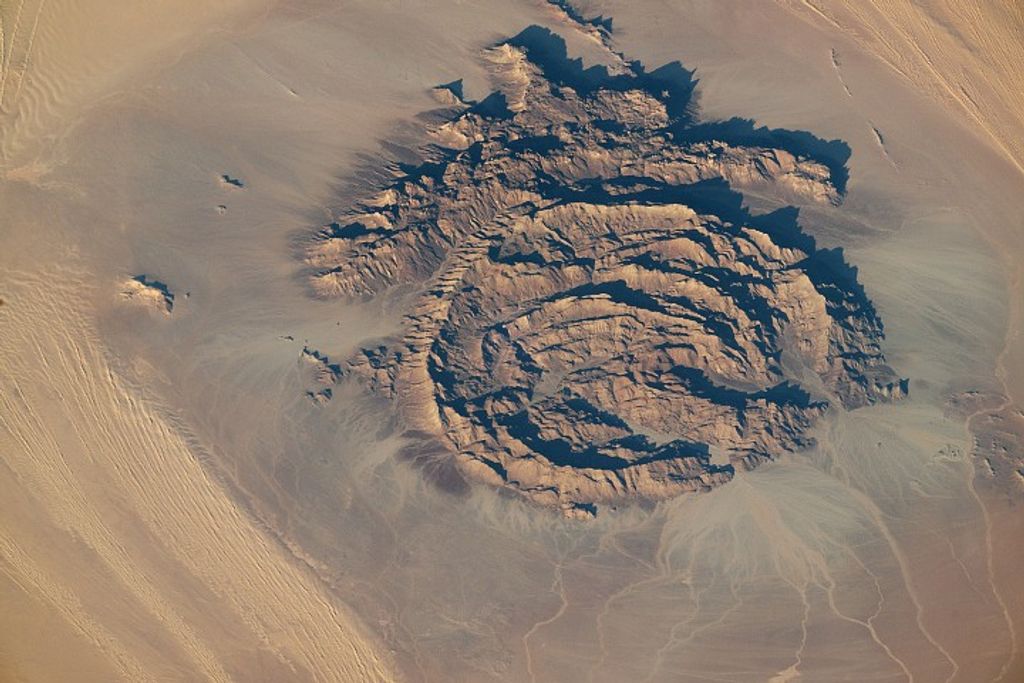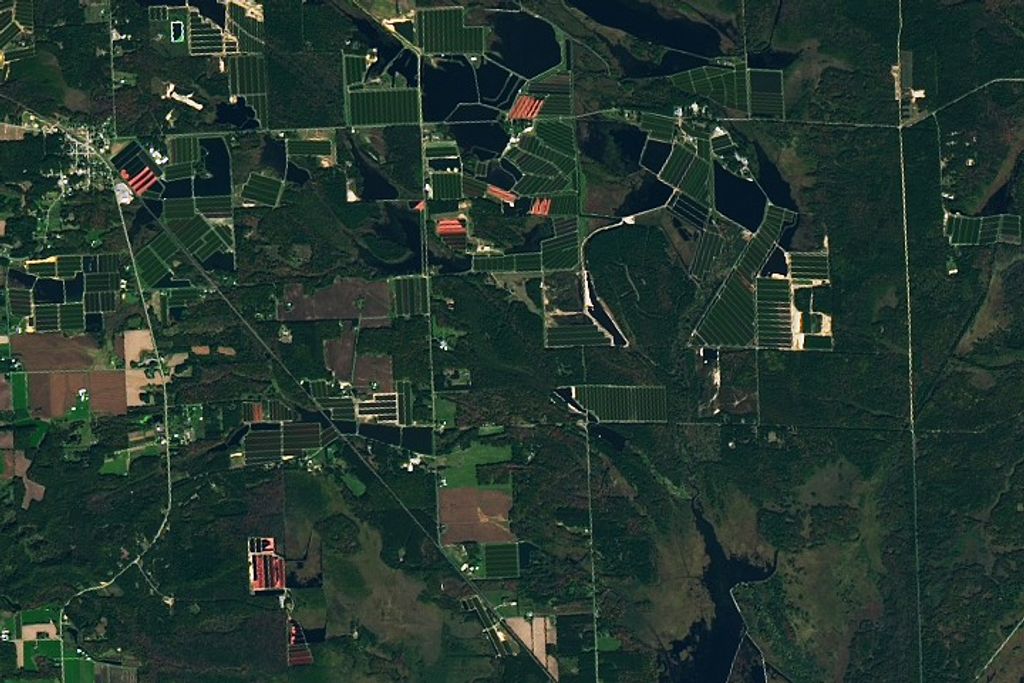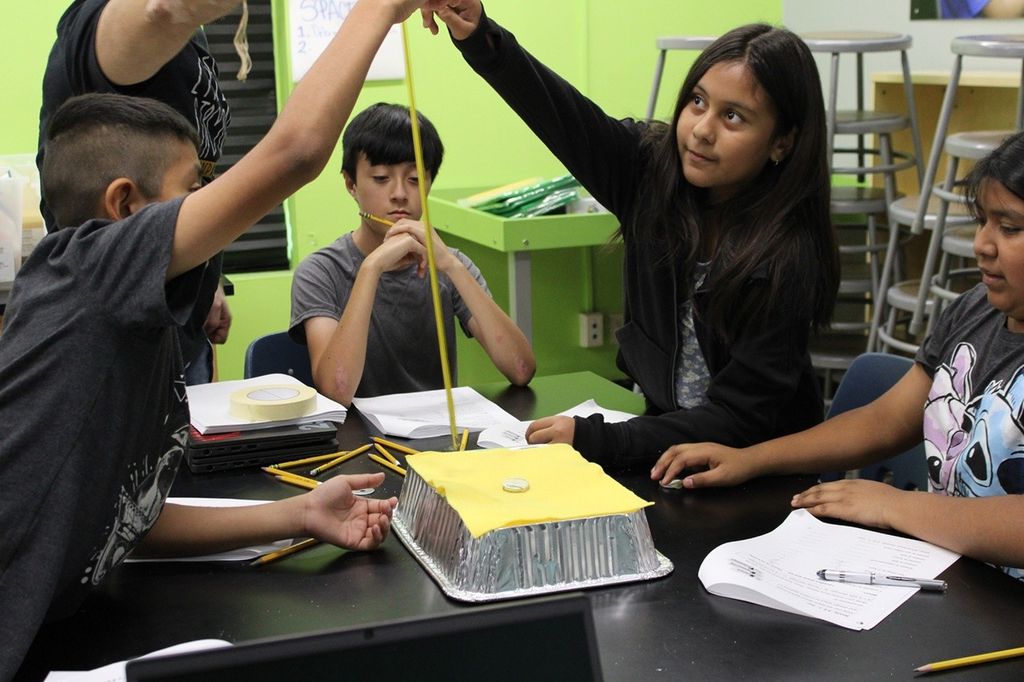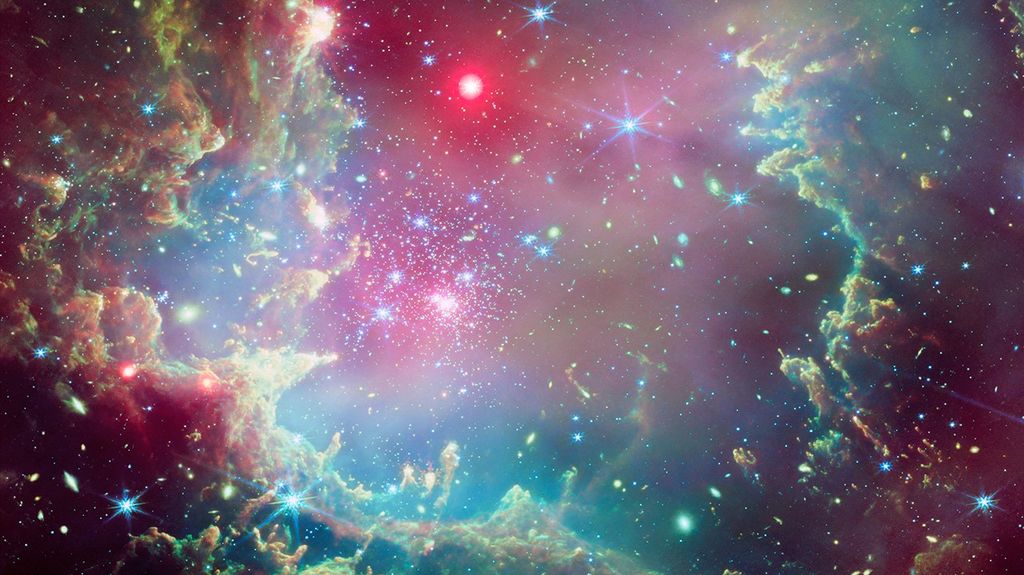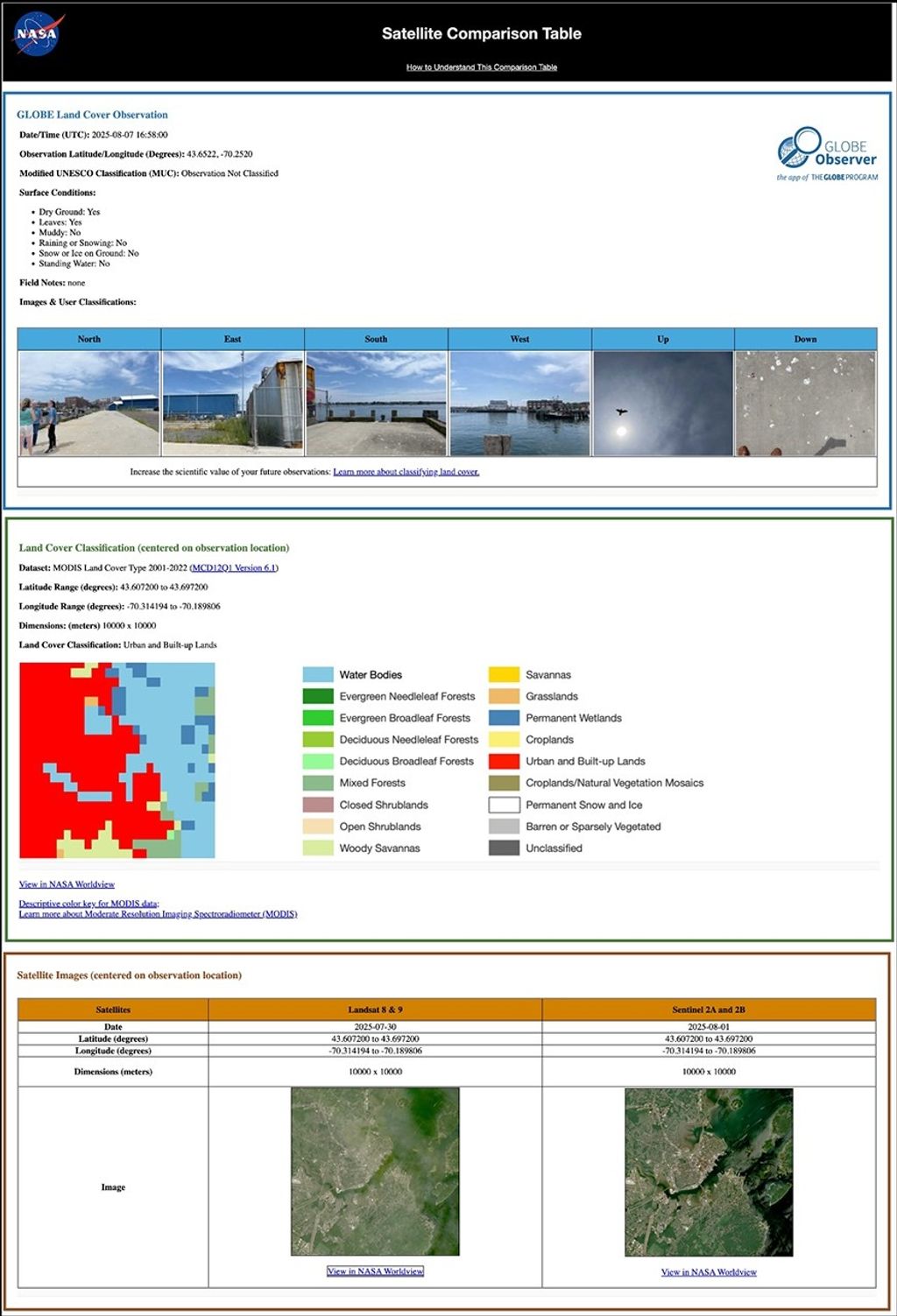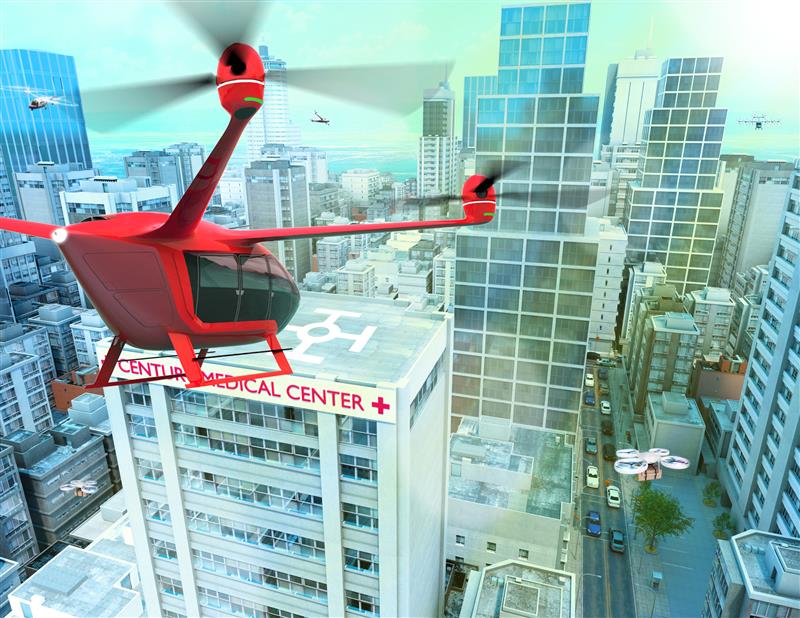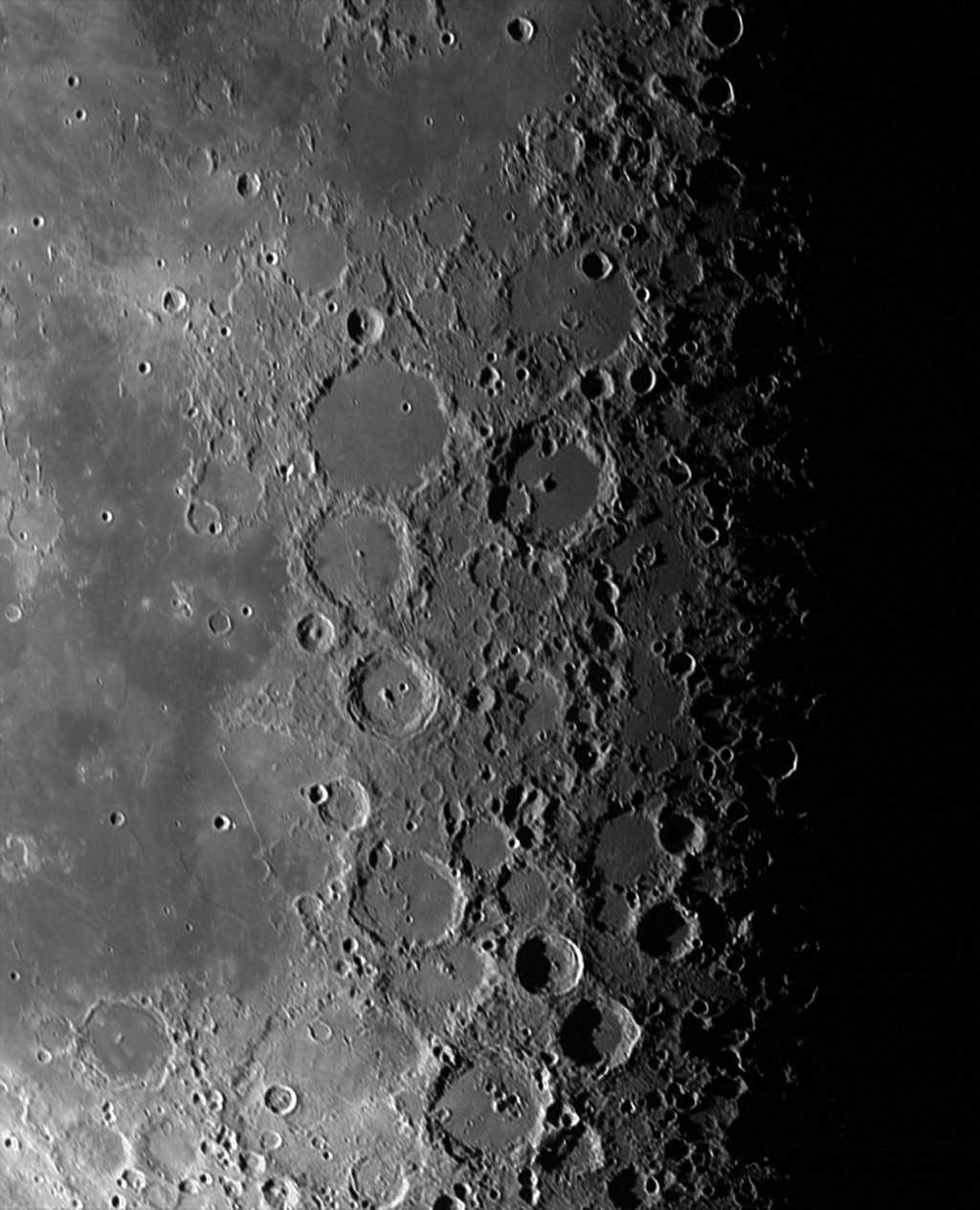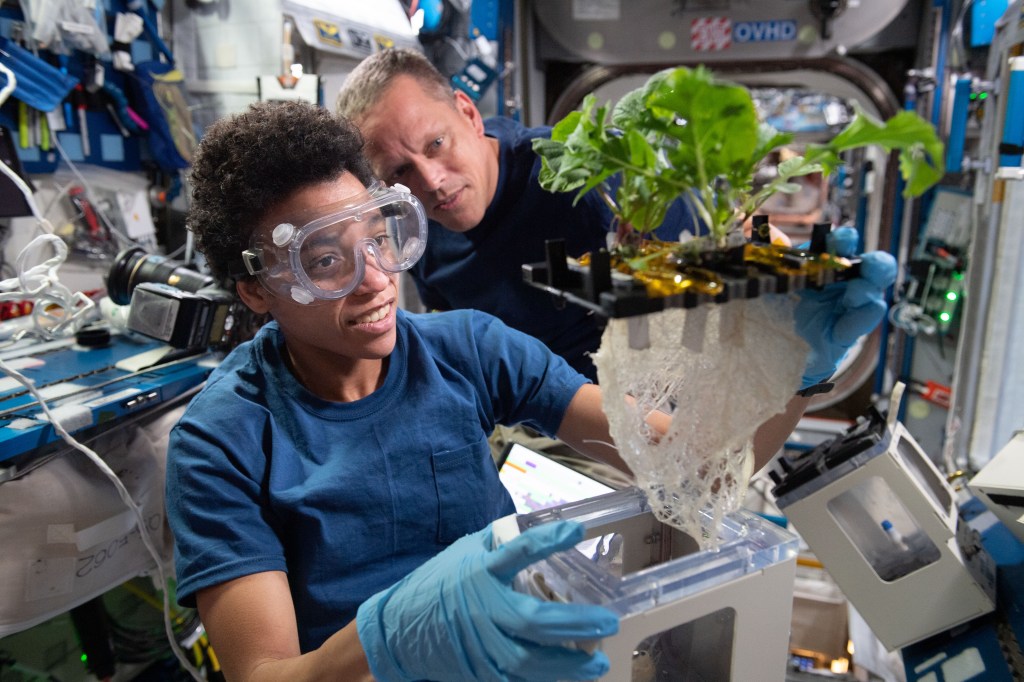1 min read
Hubble Heritage Project’s First Anniversary
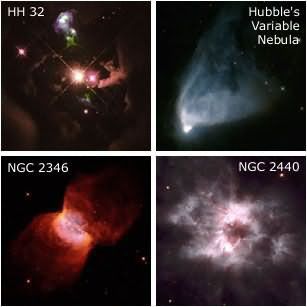
To mark the first anniversary of the Hubble Heritage Project, we present four NASA Hubble Space Telescope images of nebulae surrounding stars in our own Milky Way galaxy. Two of these Wide Field Planetary Camera 2 images (Herbig Haro 32 and Hubble's Variable Nebula) show interstellar gas and dust around young stars at the beginning of their lives, and two more (NGC 2346 and NGC 2440) show gas ejected from old stars that are nearing the end of theirs. Remarkably, in spite of the completely different evolutionary stages, the nebulae have more striking features in common, including evidence of diametrically opposed gas ejections from both the young and old stars.
About the Data
- InstrumentInstrumentThe science instrument used to produce the data.HST>WFPC2
- Object NameObject NameA name or catalog number that astronomers use to identify an astronomical object.HH 32, Hubble's Variable Nebula, NGC 2346, NGC 2440
- Release DateOctober 7, 1999
- Science ReleaseHubble Heritage Project’s First Anniversary
- CreditNASA, ESA, and The Hubble Heritage Team (AURA/STScI)
Related Images & Videos

Herbig Haro 32: Jets of Material Ejected From a Young Star
HH 32 is an excellent example of a "Herbig-Haro object," which is formed when young stars eject jets of material back into interstellar space. This object, about 1,000 light-years from Earth, is somewhat older than Hubble's variable nebula, and the wind from the bright central...

Hubble's Variable Nebula (NGC 2261)
Hubble's variable nebula is named (like the Hubble telescope itself) after the American astronomer Edwin P. Hubble, who carried out some of the early studies of this object. It is a fan-shaped cloud of gas and dust which is illuminated by R Monocerotis (R Mon), the bright star...
Share
Details
Last Updated
Aug 17, 2025
Contact
Media
Claire Andreoli
NASA’s Goddard Space Flight Center
Greenbelt, Maryland
claire.andreoli@nasa.gov





